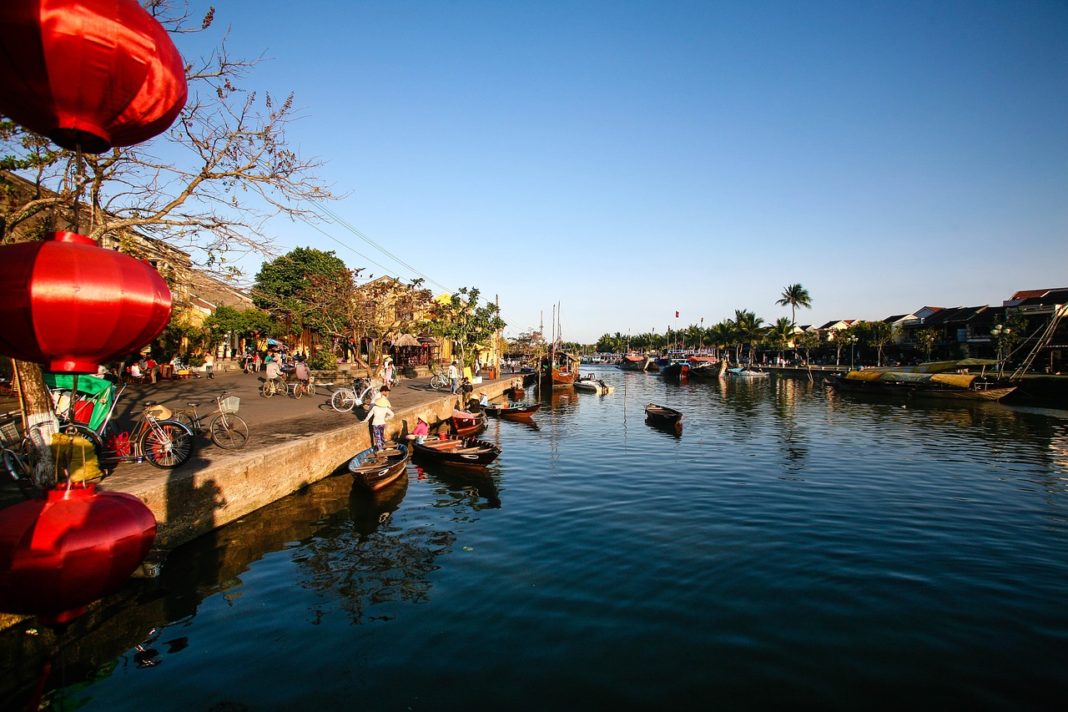Hoi An Ancient town is located in Viet Nam’s central Quang Nam Province, on the north bank downstream of the Thu Bon River. It is an exceptionally well-preserved example of a small-scale trading port active in the 15th to 19th centuries which traded widely, both with the countries of Southeast and East Asia and with the rest of the world. Its decline in the later 19th century ensured that it retained its traditional urban tissue to a remarkable degree.
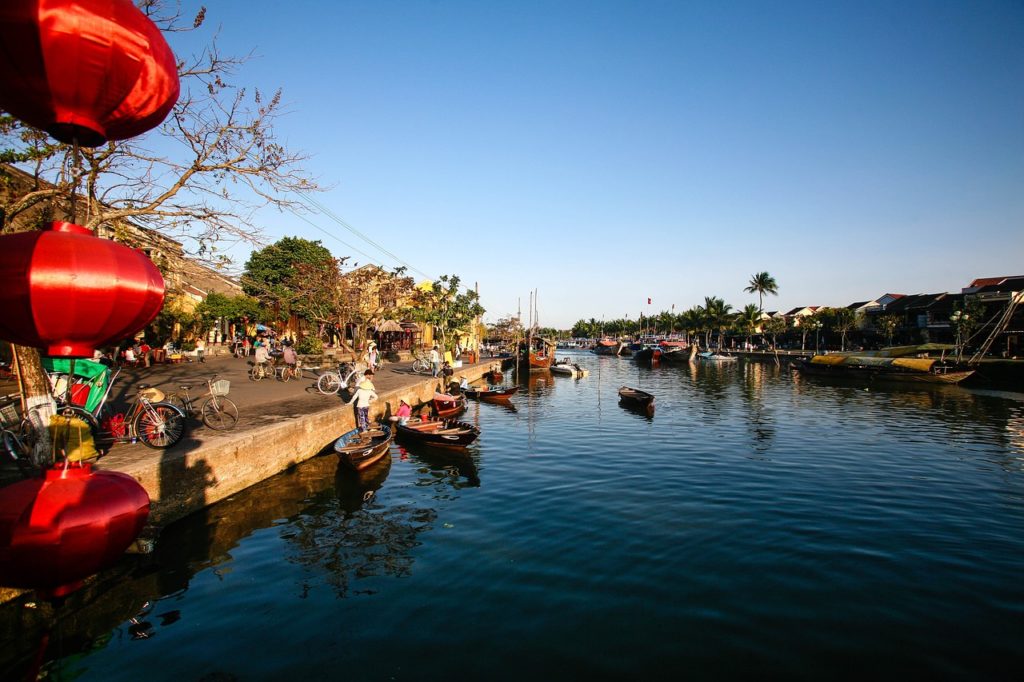
What is so special about Hoi An is that this little port town is in an incredible state of preservation. It offers some of the most densely-concentrated sights in Vietnam with its old streets bordered by ancient houses and assembly halls, its pagodas, temples, ancient wells, and tombs. In total, more than a thousand places of interest. The architecture of Hoi An is characterized by a harmonious blend of Vietnamese, Chinese, and Japanese influences. After many centuries, Hoi An is still respectful of its traditions, folk festivals, beliefs, and of its sophisticated culinary art. Set in a quiet environment, Hoi An is surrounded by peaceful villages that have crafts such as carpentry, bronze making, ceramic, etc.
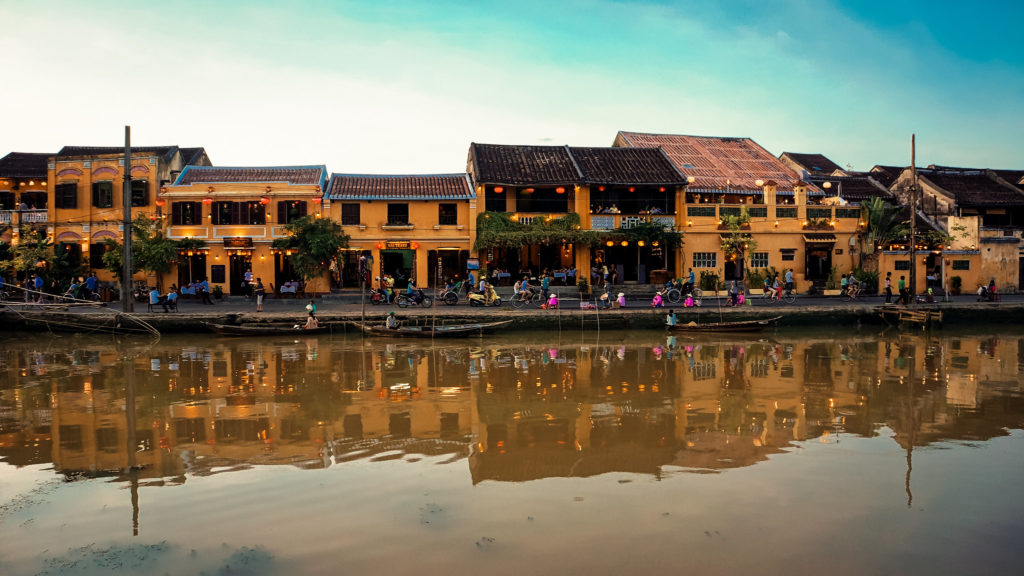
The social and cultural diversity adds up to the uniqueness of Hoi An’s inhabitants. In the mind of the natives of Hoi An, this town constitutes a large ancient home that shelters a big family of many descendants including hospitable dwellers, friendly hosts and hostesses, kind-hearted women, obedient children, and so on. They together form a harmonious community that has lived peacefully side by side through successive generations.
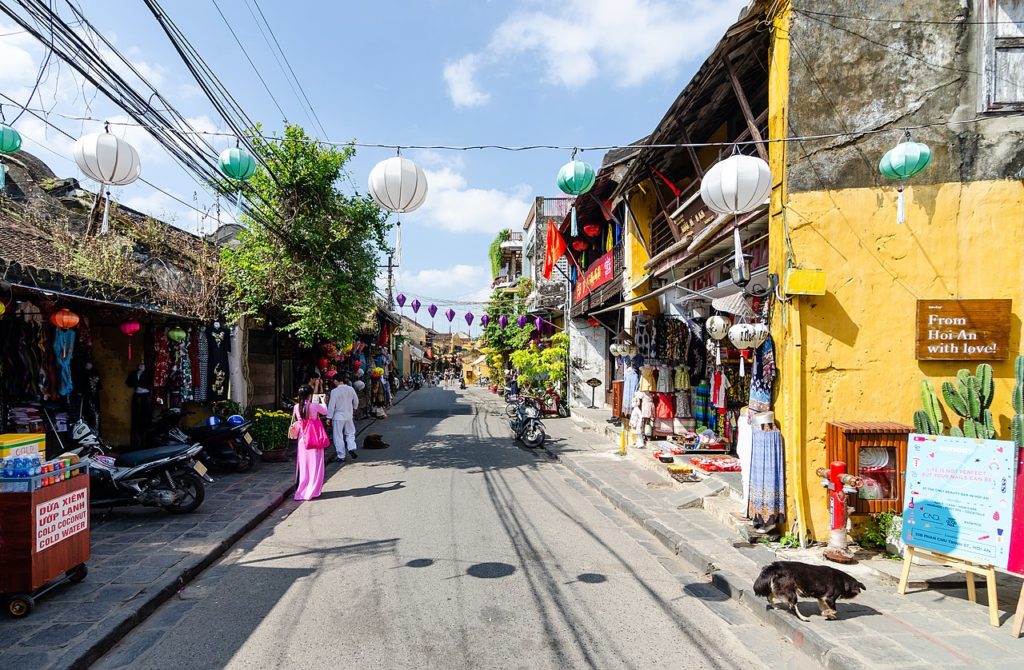
Hoi An is also renowned for its beautiful ancient town decorated with a colorful array of hanging lanterns. A rich history as a trading port makes Hoi An a mecca for all types of traditional Vietnamese handicrafts and manufacturing. Usually made from a bamboo frame and Vietnamese silk, lanterns come in many different shapes, sizes, and colors. Around 1988, local authorities made a decision to organize the lantern festival on the full moon day of every month.
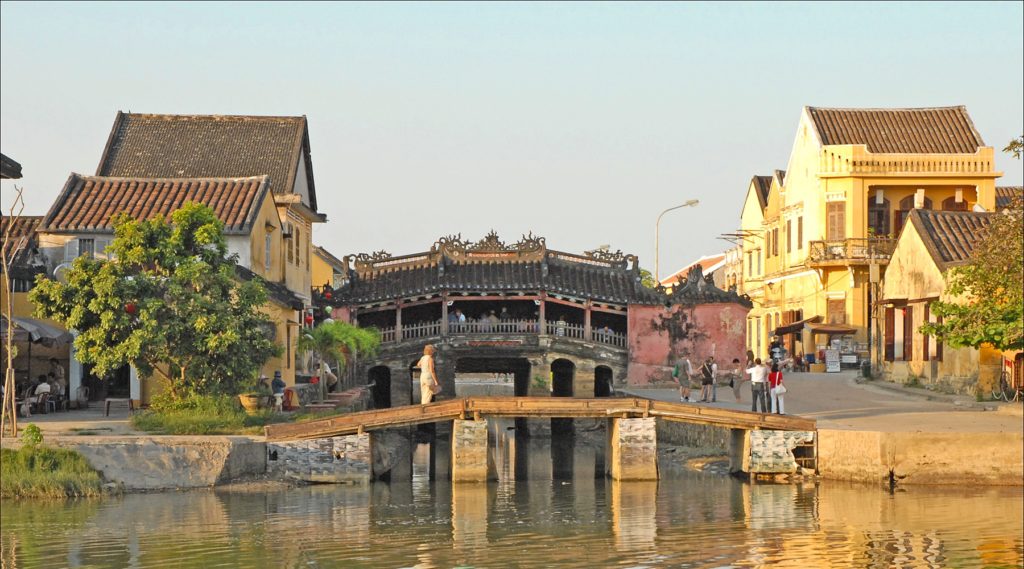
Except for the UNESCO world cultural heritage- the ancient quarter, the cuisine is considered an original artistic feature that visitors to Hoi An wish to enjoy and experience. Cao lau, Quang noodles, rice with chicken, banh dap (a dish of steamed and baked rice papers), mussels fried without water, thin cakes, sweetened porridge made of maize, and bread are visitors’ favorite dishes when they come to Hoi An.
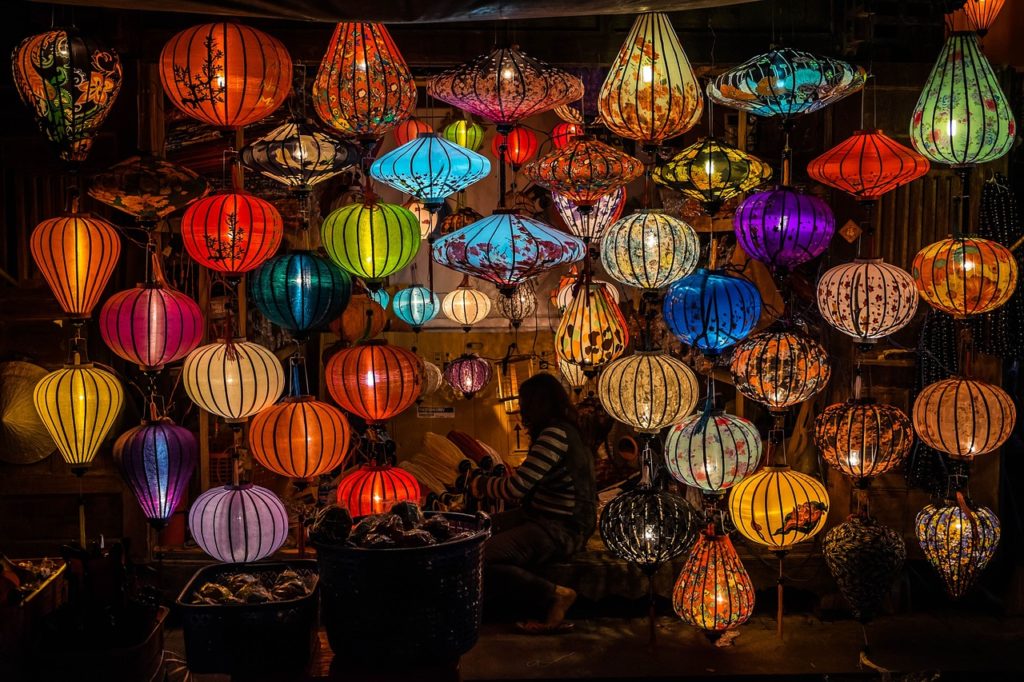
According to the unesco/ jacktrantours





